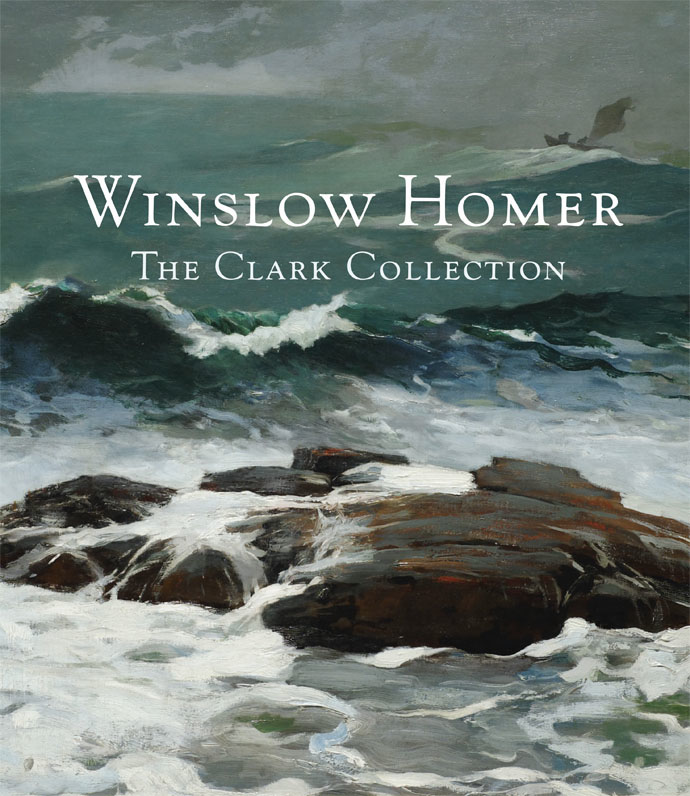Winslow Homer: The Clark Collection
WINSLOW HOMER
Marc Simpson
$50.00 Hardcover
Winslow Homer (1836–1910) is one of the core figures of 19th-century American art. While most well-known for his oil paintings of Civil War scenes and the windswept Atlantic coastline, Homer’s oeuvre encompasses a variety of themes, ranging from childhood games through the life-and-death struggles of man and nature. The Clark Art Institute holds one of the greatest collections of Homer’s work across all media, including wood engravings, etchings, watercolors, drawings, and paintings from nearly all phases of his career. The collection was assembled predominately by Robert Sterling Clark (1877–1956), who purchased his first Winslow Homer painting in 1915, followed by Two Guides in 1916 and maintained a passion for the artist throughout the rest of his collecting career, acquiring the small oil Playing a Fish in 1955.
This book examines Robert Sterling Clark as a collector of Homer's work and the Clark’s extensive holdings of the artist. Over thirty entries discuss the role of individual works in Homer's oeuvre and their larger significance to the art world. An illustrated checklist provides information on titles, dates, and media for the entire collection.
Marc Simpson is associate director of the Williams College graduate program in the history of art and an expert on 19th-century American art.
240 pages, 9 1/2 x 11
438 color and 19 black-and-white illustrations
2013
Sterling and Francine Clark Art Institute, and distributed by Yale University Press, New Haven
ISBN 978-0-300-19194-3 (hardcover)
